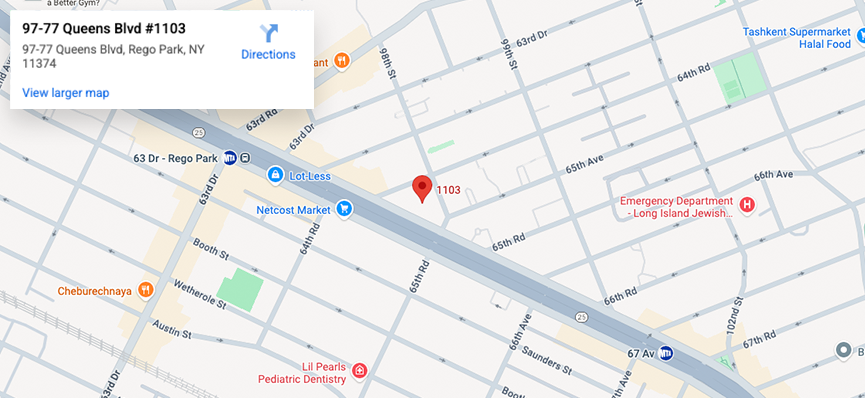Sixth nerve palsy refers to a weakness of the nerve that supplies impulses to the lateral rectus muscle, the muscle of the eye which is responsible for moving the eye outward.
SIXTH NERVE PALSY
Sixth nerve palsy refers to a weakness of the nerve that supplies impulses to the lateral rectus muscle, the muscle of the eye which is responsible for moving the eye outward. This is usually an acquired condition which can present with the gradual or sudden onset of eye crossing often accompanied by double vision along with an inability of the eye to move outward. An abnormal face turn may occur in order to relieve the double vision. In children, the most common type of sixth nerve palsy is one which can be recurrent and is thought to be related to a viral illness. Other causes in the young age group include head trauma and other brain disorders. “Small blood vessel disease” resulting from diabetes or high blood pressure are common causes of sixth nerve palsies in adults.
Sixth nerve palsies generally improve over the course of several months. After a period of observation, if the recovery is incomplete and a residual eye crossing remains, eye muscle surgery can eliminate the eye crossing and relieve symptoms of double vision.
Pediatric Ophthalmic Consultants
40 West 72nd Street, New York, NY 10023 | 212-981-9800
The content of this Web site is for informational purposes only. If you suspect that you or your child has any ocular problem,
please consult your pediatrician, family practitioner, or ophthalmologist to decide if a referral to a pediatric ophthalmologist is required.















